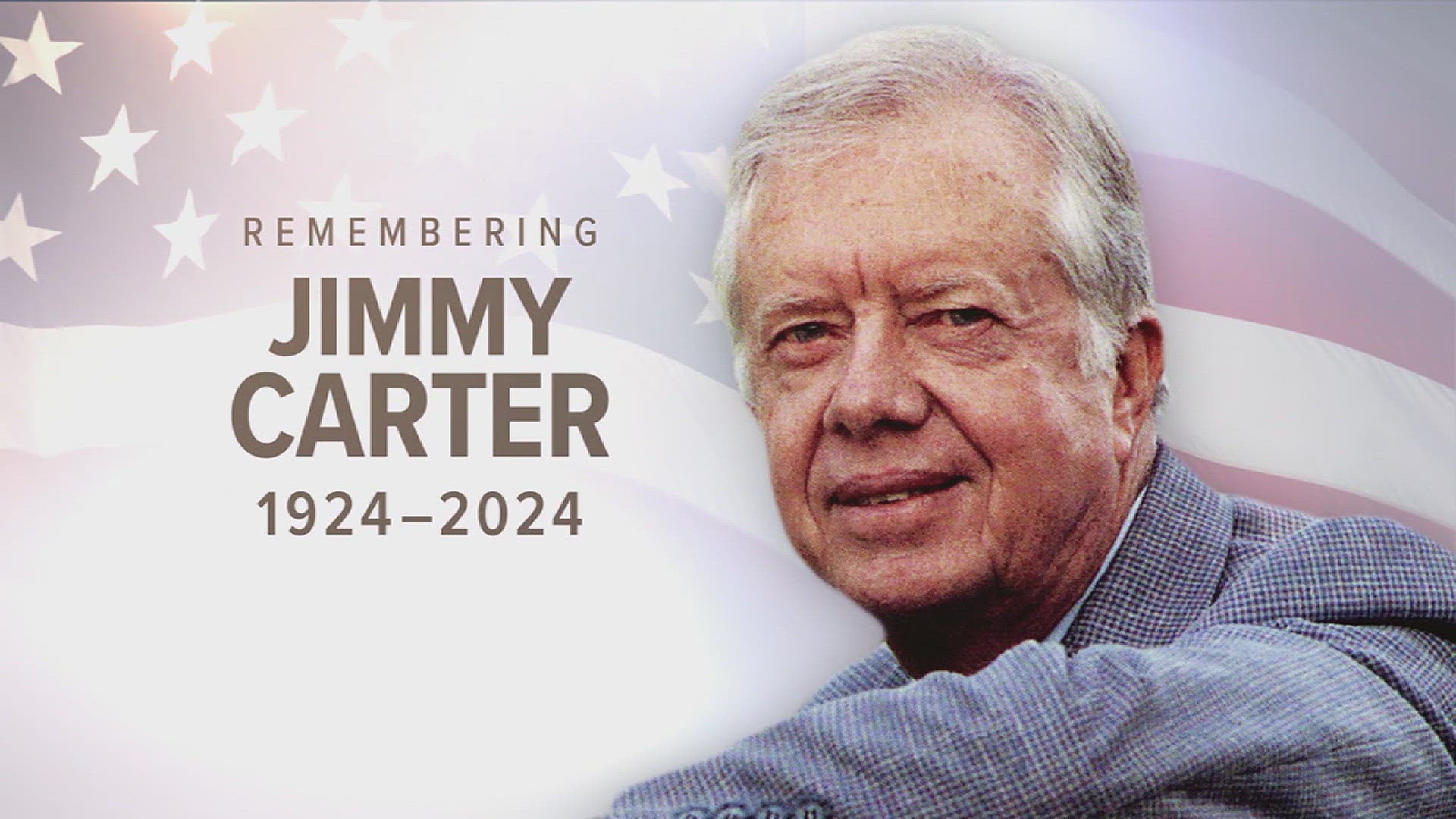(Akiit.com) WE WOMEN do some crazy things in the name of beauty.
We allow plastic surgeons to inject Botox into our wrinkles to smooth our skin. We ignore cancer warnings by frequenting tanning salons. We submit to painful and embarrassing Brazilian waxes. We get fat liposuctioned off our thighs, wear false eyelashes, and get fancy acrylic nails. We force our feet into high heels.
We’re beauty junkies.
But this column is about hair: About how we can have a full head of beautiful hair and yet spend hundreds to have more sewn, glued, clipped or weaved in.
I’m as guilty as anyone else.
But so what?
I assert my freedom to adorn my body and my hair any way I please.
Excuse the attitude, but I’ve been smoking like a hot comb on a stove since I saw Chris Rock’s new movie “Good Hair.” In the HBO-produced documentary he jokes about black women and their hair. Black women have hair weaves. Black women spend a whole lot of money on their hair. Black women use chemical straighteners that can damage their scalps. Better not put your hands in a black woman’s hair, it might mess the weave.
While I can appreciate Rock’s tackling such a normally taboo topic, I’m disappointed he didn’t delve deeper. The subject of black women’s hair is such a tangle of issues relating to America’s racial history, women’s self-esteem and mainstream acceptance that this could have been a really enlightening project.
Instead, Rock takes cheap shots. He doesn’t answer these questions: Are women struggling to fit into a culture that celebrates a Beyonce-style aesthetic and ignores other expressions of beauty? Or are their choices to wear wigs and hair extensions mere convenience? Rock goes for punch lines instead of substance.
The filmmaker started with a good idea. “Good Hair” is a controversial term that has its roots in slavery, when status on plantations was determined by who had straight hair and light-colored skin. Even after slavery was abolished, this pro straight-hair bias persisted. To be accepted, African-American women were subjected to what was called the “paper-bag-and-blow” test – their skin color had to be lighter than a paper bag and their hair had to move if someone blew on it.
Those with darker complexions and kinky hair were considered less desirable – often relegated to lower-paying jobs and denied admittance to certain organizations and social groups. As actress Nia Long points out in Rock’s documentary, “There’s always a sort of pressure within the black community, like, ‘Oh, if you have good hair, you’re prettier or better than the brown-skinned girl that wears an Afro or the dreads or the natural hairstyle.’ ”
Growing up, the term “good hair” was forbidden in our house. As a teen I used it once in reference to a friend of mine. I still can recall the stern lecture my father gave me. His message: “All hair is good hair.”
I dreaded our Saturday evening ritual of getting our hair hot-combed so we’d have curls for church. My mother would do it or hire a heavy-handed beautician who would sit us between her knees as she took a smoking hot iron comb and pulled it through our tightly-coiled hair. You’d have to be perfectly still or risk getting singed with the iron. Afterward, our heads would ache from the hair-pulling but we’d have soft, shiny curls that would last until it rained or we sweated too much from running at recess.
Eventually my mother gave into my whining and allowed me to have my hair straightened with a chemical permanent relaxer.
As I grew older, I experimented with my hair, usually with disastrous results. At 15, I put a sun-activated bleaching product in my hair that left it streaked a rusty red. After an unfortunate Dorothy Hamill-style cut during my freshman year of college, I started wearing my hair in long braids. It was freeing not to have to curl and style my hair. But by senior year, I knew I had to remove the braids or risk turning off prospective employers.
In those days, black women were openly barred from wearing natural hair styles. In 1981, a San Francisco anchorwoman was suspended for two weeks after showing up at her station in braids. Others wore wigs to disguise their short Afros rather than jeopardize their jobs.
Things are better now. But people still project their racial baggage onto other people’s heads. Women who wear their hair straight are accused of selling out. Those with locks or Afros get branded as gay, radical or militant.
I resent when people make assumptions about me and my politics based on how I’ve chosen to wear my hair. A lot of times there was no decision: It is what it is.
I might wear my hair curly because I’m swimming a lot or it may be bone straight with long extensions because my hair stylist wants it that way, and I don’t want to waste time arguing about it.
Look at the photo that runs with this column. The day it was taken, a hair stylist I’d never seen before showed up at the Daily News with a bag of blond hair. Over my protests, she glued a strip across the front of my head, cut it and brushed my bangs down over it. Looking in the mirror, I was surprised to see that my hair appeared to have been streaked with a color a number of shades lighter. I was stunned.
After she added a few more pieces and styled my hair, I loved it. I’d never had decent highlights before because I feared adding more chemicals to my already permanently-straightened hair.
The extensions only lasted until the next washing. But for those few days, it was a whole new look. Did it mean I want to be blond? No! It was just fun.
Maybe next time I’ll go pink. Or blue?
Written By Jenice Armstrong









Leave a Reply